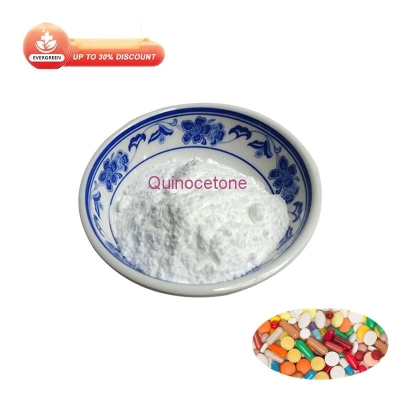-
Categories
-
Pharmaceutical Intermediates
-
Active Pharmaceutical Ingredients
-
Food Additives
- Industrial Coatings
- Agrochemicals
- Dyes and Pigments
- Surfactant
- Flavors and Fragrances
- Chemical Reagents
- Catalyst and Auxiliary
- Natural Products
- Inorganic Chemistry
-
Organic Chemistry
-
Biochemical Engineering
- Analytical Chemistry
- Cosmetic Ingredient
-
Pharmaceutical Intermediates
Promotion
ECHEMI Mall
Wholesale
Weekly Price
Exhibition
News
-
Trade Service
The synthesis of 5-[(1E)-2-(4-Hydroxyphenyl)ethenyl]-1,2,3-benzenetriol, also known as Tris(hydroxyphenyl)methane or PMB (1,3-Benzene-bis(methylene-hydroxyphenyl-5-one)), is an important synthetic route in the chemical industry.
This molecule is widely used as a chain transfer agent in the production of polymers, such as polycarbonate and polyester.
The most common synthetic route for PMB is through the reaction of 4-hydroxybenzaldehyde with formaldehyde in the presence of a Lewis acid catalyst, such as aluminum chloride or sulfuric acid.
This reaction results in the formation of N-methyl-O-benzylhydroxylamine, which is then hydrolyzed to form PMB.
Another synthetic route for PMB is through the reaction of 4-hydroxybenzaldehyde with methylene chloride in the presence of a Lewis acid catalyst, such as aluminum chloride.
This reaction results in the formation of the diester, which is then hydrolyzed to form PMB.
A third synthetic route for PMB is through the reaction of 4-hydroxybenzaldehyde with dimethylcarbonate in the presence of a Lewis acid catalyst, such as zinc chloride.
This reaction results in the formation of the dimethylester, which is then hydrolyzed to form PMB.
PMB can also be synthesized through a Knoevenagel condensation reaction of 4-hydroxybenzaldehyde with acetyl chloride in the presence of a base, such as sodium hydroxide.
This reaction results in the formation of the acetate, which is then hydrolyzed to form PMB.
The choice of the synthetic route for PMB will depend on several factors, including the availability of starting materials, the desired yield and purity of the product, and the cost and reactivity of the reagents.
In addition, the specific synthetic route may also be influenced by the desired applications of the PMB.
For example, the PMB synthesized through the Knoevenagel condensation reaction may be preferred for applications where the product is to be used as a catalyst, while the PMB synthesized through the reaction of 4-hydroxybenzaldehyde with formaldehyde may be preferred for applications where the product is to be used as a chain transfer agent in the production of polymers.
Regardless of the specific synthetic route used, the production of PMB is an important synthetic process in the chemical industry.
PMB is widely used as a chain transfer agent in the production of polymers, such as polycarbonate and polyester.
In addition, PMB is used as a catalyst in the production of polyurethanes, polyester polyols, and other polymers.
PMB is also used as an initiator in the polymerization of unsaturated monomers, such as styrene and methyl methacrylate.
Overall, the synthetic routes for PMB are numerous and varied.
The choice of synthetic route will depend on several factors, including the availability of starting materials, the desired yield and purity of the product, and the cost and reactivity of the reagents.
The production of PMB is an important synthetic process in the chemical industry, and its widespread use as a chain transfer agent and catalyst in the production of polymers highlights its importance in the industry.







